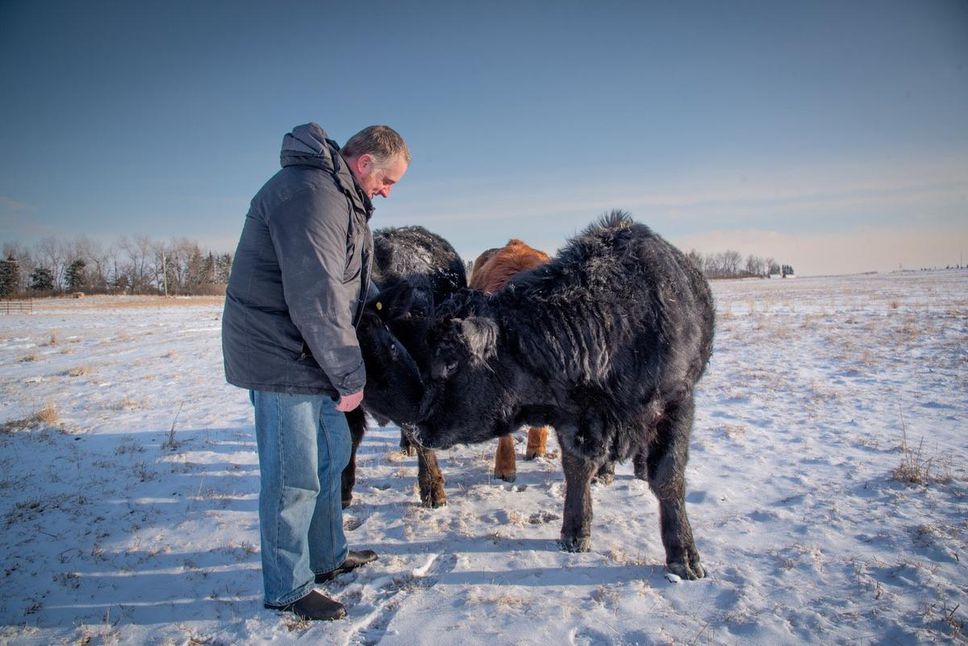Canadian farmers and ranchers are planning the future with less carbon – and making it work

Launcher John Cross is frank about what climate change predictions mean for his family. “My children can’t live a better life than I do.”
Cross owns the A7 Ranch, a 5,260-hectare office west of Nanton, Arta, at the foot of the Livingstone Mountains. AE Cross, one of Calgary’s famous “Big Four” cowherds who founded Calgary Stampede, his grandfather, started the ranch in 1886.
The Cross family has paid much attention to the weather over the years, but last year’s extreme situation introduced new terms such as “heat dome” and “atmospheric river” to local lexicons. Did. A second year of drought occurred in Alberta, leading to poor crop crops and high animal feed costs. The floods wiped out the Kokihara Highway in British Columbia.
Cross is currently training his family to take over the A7. He is changing the way he works because he wants to see them succeed.
He employs a method called regeneration. That is, agricultural and grazing practices that restore degraded soil and increase carbon recovery. He grazes cows and grazes them in a small pasture for about a day, then moves them to another pasture and restores the pasture area for several weeks. He uses an electric fence to keep the cow away from sensitive areas.
Cross’s approach reflects a business savvy. Whole Foods Market has named regenerative agriculture the number one food trend in 2020. According to a 2021 report from data company Spoonshot, business interest in regenerative agriculture has more than doubled in just two years, with companies such as General Mills, PepsiCo and Unilever investing millions of dollars. .. But Cross looks at the word sideways.
He employs a method called regeneration. That is, agricultural and grazing practices that restore degraded soil and increase carbon recovery. He grazes cows and grazes them in a small pasture for about a day, then moves them to another pasture and restores the pasture area for several weeks. He uses an electric fence to keep the cow away from sensitive areas.
Cross’s approach reflects a business savvy. Whole Foods Market has named regenerative agriculture the number one food trend in 2020. According to a 2021 report from data company Spoonshot, business interest in regenerative agriculture has more than doubled in just two years, with companies such as General Mills, PepsiCo and Unilever investing millions of dollars. .. But Cross looks at the word sideways.
Monica Kidd is a writer, physician and fellow at the University of Toronto’s Dalla Lana Global Journalism Fellowship.








/https:/www.thestar.com/content/dam/thestar/news/canada/2022/04/02/canadian-farmers-and-ranchers-are-plotting-for-a-future-with-less-carbon-and-theyre-making-it-work/_2farmer_and_chickens_secondary.jpg)
/https:/www.thestar.com/content/dam/thestar/news/canada/2022/04/02/canadian-farmers-and-ranchers-are-plotting-for-a-future-with-less-carbon-and-theyre-making-it-work/_3rachel_herbert_and_dog.jpg)
/https:/www.thestar.com/content/dam/thestar/news/canada/2022/04/02/canadian-farmers-and-ranchers-are-plotting-for-a-future-with-less-carbon-and-theyre-making-it-work/_5rachel_herbert_in_farm_store.jpg)




